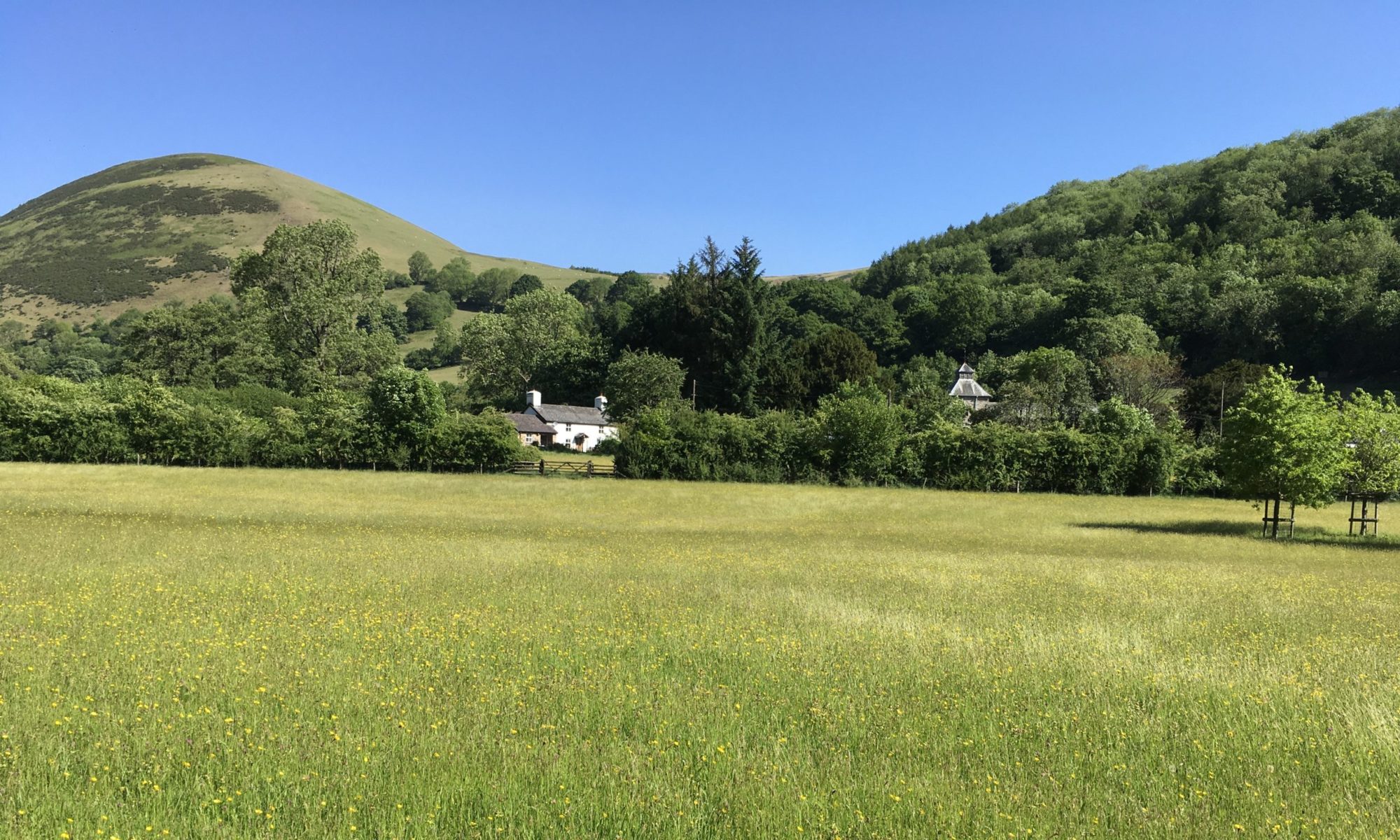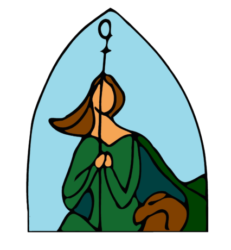“The king will say to those on his right hand, ‘Come, you that are blessed by my Father, inherit the kingdom prepared for you.” Jesus in today’s Gospel Matthew 25:31-46.
“Thou art God; no monarch Thou throned in easy state to reign;
Thou art God, Whose arms of love aching, spent, the world sustain.” W H Vanstone on Christ the King, reigning as crucified Lord, in his poem Morning Glory, Starlit Sky.
Today’s Gospel is the last of three parables about being ready and being judged. In the first, about ten bridesmaids, five of them decide there is no rush and don’t have their lamps ready whereas the other five do. When the bridegroom is delayed, they all sleep but then word of his imminent arrival comes at midnight. Those who aren’t ready ask the others to give them some of their oil but they won’t as they need it themselves. While they are away getting more oil, the bridegroom arrives and the five who are ready go in to the wedding banquet with him, the others being shut out. They are unprepared and had decided there was no need to rush – even though they have been asked and agreed to be bridesmaids. Their judgement is poor and they are shut out of the banquet because they aren’t ready.
The second parable is that of the talents, where two servants double the money their master has entrusted to them but the third simply buries it in some ground for safe keeping. He wasted the chance he had to increase what he’d been trusted with by making no effort to do so and made his master angry in the process, who judged him to be wicked and lazy.
The third parable is about the nations being separated like sheep and goats which, very often, looked similar and grazed together. Matthew makes it clear that this is being done by the king from his heavenly throne and that the selection will be based on how well they have cared for those in need, the sick and the imprisoned. Those being judged seem to be taken aback and unprepared for what is happening but any practising Jew would have known of the expectations to care for others as well as themselves. This king, however, is the one who came as a helpless baby needing human care, the one before whom the three kings of the Orient knelt in homage and the one whose crown was of thorns and his throne a cross when he was crucified. He is not a tyrant but one who, living as a human, knew what it was to be a refugee, an object of scorn and an outcast, being tortured, taunted and crucified with the crown of thorns a mocking acknowledgement of his kingship. His judgement is not from afar or remote, but from his own experience at the hands of the humans amongst whom he lived – those hands into which he still entrusts himself in holy communion today.
As the church year draws to its close and Advent begins next week, these three parables are still a reminder to his followers that the servant king calls us now as then to be ready and prepared for his coming again in glory even though it is not known when that will happen. Meanwhile, there is much to do and many to care for – will our readiness and judgement be better than those in these parables? As we think of the grandeur of the coronation of King Charles III this year, of the guests who attended from all over the world and of the glorious regalia he wore, it’s a foretaste of the kingdom of God that King Jesus with his crown of thorns identifies with those in need and calls us also to do this, reminding us that we do it to him too. To be a follower of Christ the King is to be a messenger of those kingdom values too because, as Jesus’ words today remind us, we also have the possibility of inheriting the kingdom too – if we’re active and ready like the wise bridesmaids, the two servants and those who are chosen when the time comes. So, are we ready and, this Stir up Sunday, are your Christmas puds ready too?!
With my prayers; pob bendith,
Christine, Guardian.

